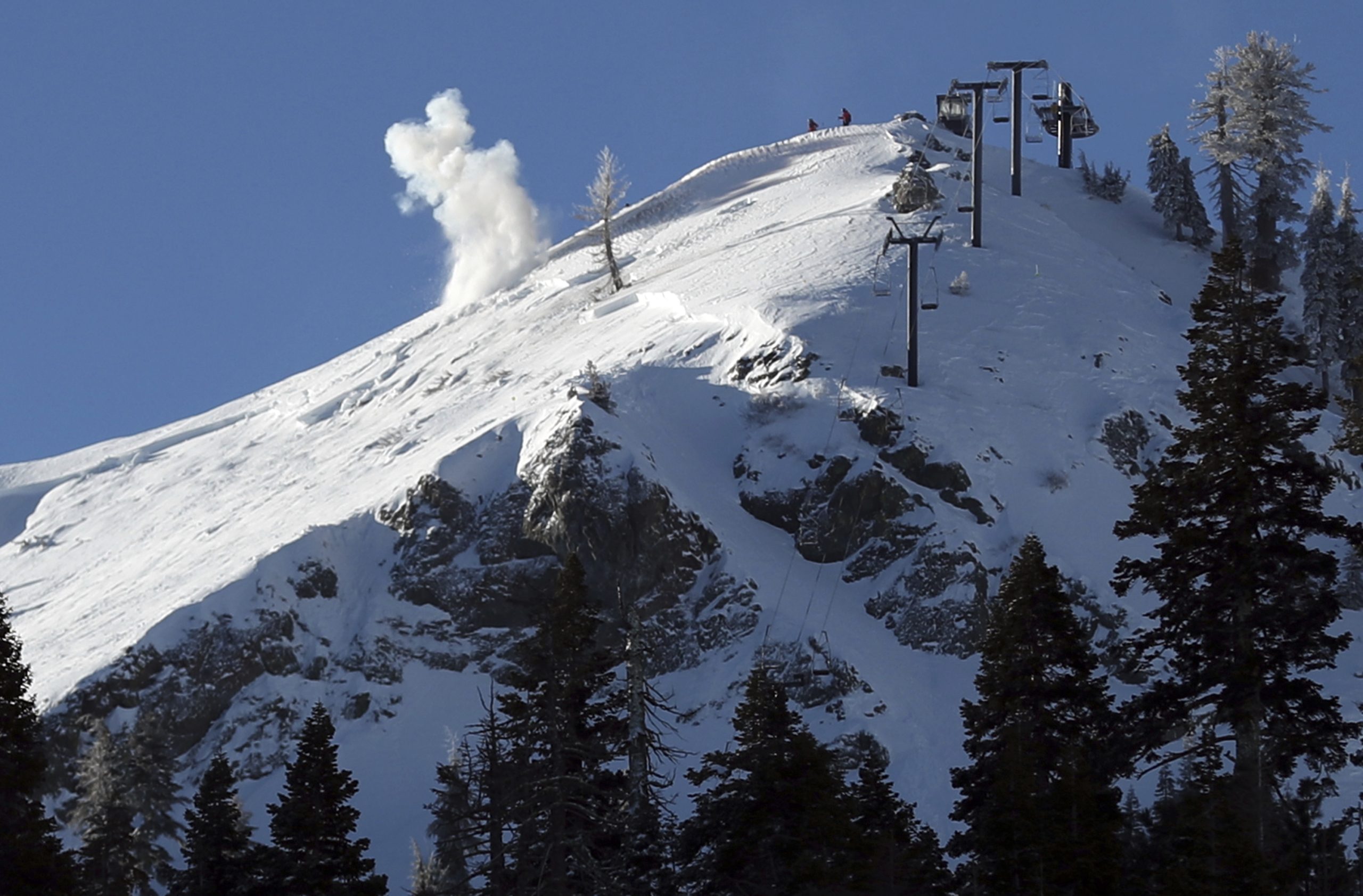
Despite a massive winter storm blanketing the western U.S. in snow, winter sports enthusiasts braved frigid temperatures over the long Martin Luther King Jr. Day weekend.
However, the storm heightened the risk of avalanches in many areas, leading to fatal consequences.
In northern Idaho, two men were rescued after being caught in an avalanche, with the body of a third man from their backcountry skiing group discovered the following day. Vehicles in another part of the state were buried by an avalanche, but occupants escaped without injury.
The first reported U.S. avalanche death this season occurred in California on expert trails at Palisades Tahoe ski resort. Subsequent avalanches in the same area had no reported casualties.
Understanding why, when, and how avalanches occur is crucial for safety. Avalanches typically require a slope of 30 degrees or more and layers of snow. Changes in weather conditions, such as wind, rain, or heavy snow, can add pressure to the snowpack, leading to layers breaking off and sliding down slopes. Avalanches can occur in the form of loose snow or slabs, with the latter being more dangerous.
Various factors, including movement, changing weather, and wind, can trigger avalanches. However, about 90% of avalanches causing injuries or deaths are triggered by victims or those with them. Checking avalanche forecasts, having the right safety gear, and adhering to safety protocols are essential for those engaging in winter activities in the backcountry.
Loud noises generally don’t trigger avalanches, contrary to popular belief. Despite cartoons and movies suggesting otherwise, yelling is insufficient to trigger an avalanche. In particularly unstable snow conditions, an extremely loud noise, like an explosion, could potentially trigger one.
On average, about 28 people die in avalanches annually in the U.S., with the majority involved in skiing, snowboarding, snowmobiling, snowshoeing, climbing, or hiking. Most avalanche deaths occur in the wilderness, with ski resorts managing slopes to mitigate risks.
To avoid avalanches, checking forecasts, using the buddy system, and being familiar with wilderness first aid are crucial. Essential gear includes an avalanche beacon, shovel, and a thin, folding pole. If caught in an avalanche, creating a small air pocket by covering the mouth and nose with hands may increase chances of survival. Staying on lower elevations and away from steep slopes is advised during heightened avalanche risk periods.